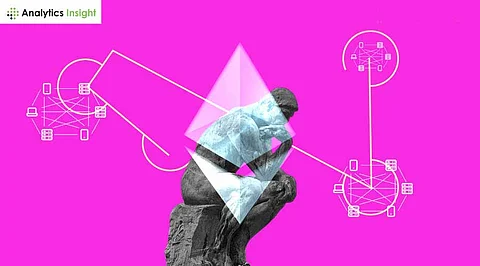

The technology is evolving and the nature of brands and their communication with the consumers is changing as well. At present, Web 3.0 which is basically blockchain or decentralized internet is rapidly becoming the weapon for marketers to communicate with the target consumers more effectively. The main component of this trend is NFTs (non-fungible tokens), now actively used to build distinctive digital experiences, enhance customer interactions, and reimagine loyalty schemes. As the WEB 3 marketing strategies are in the exploring stage, NFTs have become a strategic and valuable tool for companies, bypassing simple advertising tools.
Originally, NFTs became known as digital collectibles, popularized by unique artwork and high-profile sales that attracted global attention. Now, NFTs are evolving into versatile marketing tools that are allowing brands to offer exclusive benefits to their customers. As digital tokens that certify ownership of unique assets, NFTs provide a new way for companies to represent a wide variety of perks, from exclusive content to unique brand experiences.
Web3 marketing powered by NFTs opens doors to deeper engagement by allowing consumers to own a piece of the brand experience. In a competitive digital landscape, NFTs offer a way to reach digitally-savvy audiences, particularly millennials and Gen Z, who are often seeking more personalized, interactive, and exclusive brand interactions.
Exclusive Access and Membership: Some brands are using NFTs as digital keys that grant access to exclusive events, products, or experiences. For instance, an NFT could act as a VIP pass to an invite-only concert, an exclusive product launch, or a behind-the-scenes experience with brand creators. Fashion brand Gucci, for example, has experimented with NFTs as a way to give customers access to limited-edition items and exclusive collaborations.
Reward Programs and Loyalty Incentives: NFTs are also being used to redefine loyalty programs, offering a new way for brands to reward their most dedicated customers. In traditional loyalty programs, points or rewards are often limited to discounts or small perks. With NFTs, however, brands can offer unique, limited-edition digital assets as rewards, creating a sense of exclusivity and ownership. Starbucks, for instance, introduced Starbucks Odyssey, a program allowing customers to earn and collect unique NFTs, giving loyal patrons a digital collection that represents their brand loyalty.
Brand Collaborations and Partnerships: Many brands are using NFTs to facilitate collaborations and partnerships. By co-creating digital assets, brands from different industries can come together, leveraging each other’s audiences, and strengthening their brand identities. For example, Adidas and Prada recently collaborated to create a community-driven NFT project, where fans could submit digital artwork to be used in a collaborative NFT.
Virtual Products and Collectibles: The use of NFTs in gaming and the metaverse has also inspired brands to create digital versions of their products. Nike, for instance, launched Cryptokicks a line of virtual sneakers that customers can own, wear in digital environments, or even resell.
NFT-based marketing has several unique advantages over traditional digital marketing:
Enhanced Brand Loyalty: By providing exclusive digital assets and experiences, NFTs give customers a greater sense of belonging and engagement with a brand.
Direct Engagement: Web3 technology enables brands to connect directly with consumers without intermediaries, like social media platforms, giving companies more control over the relationship with their audience.
Increased Customer Ownership and Personalization: NFTs allow customers to own a piece of the brand experience, fostering a deeper connection. With personalized or limited-edition NFTs, brands can make customers feel truly valued.
Revenue Opportunities: NFTs create additional revenue streams for brands through initial sales, resales, and even royalties, allowing brands to earn from secondary market transactions.
While NFT marketing offers many benefits, it also comes with challenges. One major hurdle is education. Many consumers and marketers alike are unfamiliar with Web3 and NFTs. Helping audiences understand the value and utility of these tokens is critical for successful implementation. Additionally, the volatile nature of the crypto market, including concerns over environmental impact and regulatory uncertainty, poses risks for brands venturing into the space.
As Web3 technologies continue to develop, the use of NFTs in marketing is expected to expand further. Brands are already exploring new ways to incorporate NFTs into their strategies, such as using them for co-creation, gamification, and community-building initiatives. As the Web3 ecosystem grows, it will offer more sophisticated tools and options for marketers to create engaging, immersive digital experiences that go beyond traditional marketing.
NFTs in Web3 marketing are opening a new frontier for brands looking to differentiate themselves in a crowded digital world. By offering unique, value-driven experiences, brands can connect with their audiences in a more personal and lasting way. While there are challenges, the potential of NFTs to transform brand-consumer relationships is significant, and as the technology evolves, we can expect more brands to embrace the possibilities of Web3 marketing.
